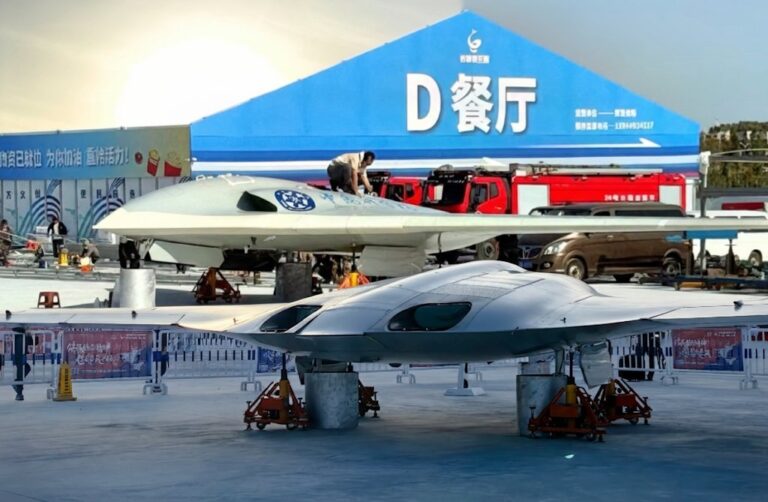The supply of components from China to Russia for the production of fiber-optic-controlled combat drones strengthens the Russian military in its war against Ukraine and creates a range of global risks for the United States.
“Behind the surge of Russian drones on the battlefield in Ukraine stand Chinese factories.”
This summer, China significantly increased its exports to Russia of fiber-optic cables and lithium-ion batteries, both essential for producing drones with fiber-optic guidance systems. Because such drones are less vulnerable to electronic warfare—they are controlled through a physical cable rather than radio signals—their growing numbers give Russia a tactical advantage on the battlefield.
China officially declares a neutral position, but the line between civilian and military use of such dual-use technologies is blurred. Many Chinese manufacturers, particularly smaller firms, readily supply components with military applications, even if finished drones themselves are not exported.
The United States views China as its primary geopolitical and economic adversary. For a long time, the White House hoped to bring Russia into alignment with Washington in the broader competition against China. Based on that expectation, the Kremlin received generous political concessions: throughout 2025, the U.S. limited military aid to Ukraine, avoided tightening sanctions, and sent signals of willingness to restore “constructive, mutually beneficial relations.”
Instead, Russia has spent years deepening ties with China, which has become its main geopolitical and economic partner. The deterioration of Russia’s economy, science, and industry has made Moscow increasingly dependent on Beijing. For its part, China views Russia’s war against Ukraine as a proxy conflict fought by Russian hands against China’s ideological and political rival — the West, and specifically, the United States.
This is why China actively supports Russia, and the Kremlin is seeking to expand this support further. Access to Chinese technologies and components enables Moscow to sustain a long, attritional war. The production of fiber-optic-controlled drones with Chinese assistance boosts the combat effectiveness of Russia’s military and gives it an edge on the battlefield in Ukraine.
Beyond the immediate conflict, Russia could spread Chinese-assisted drone technologies to other U.S. adversaries around the world, or inspire states and terrorist groups to replicate them. This raises the risk that such systems might eventually be used against American interests or allies in remote regions, threatening U.S. security globally.
Meanwhile, the prolonged war drains U.S. financial, technological, and military resources committed to supporting Ukraine, with no clear end in sight. This has fueled frustration among parts of U.S. society and the political class, who criticize the White House for failing to bring the conflict to a conclusion.
The fact that certain components — such as fiber-optic cables and lithium batteries — can be repurposed for military use is forcing Washington to reassess export controls, trade categories, and sanction lists. China, for its part, seems ready to operate in the “gray zone” of exports, using technological flows to sustain Russia.This demonstrates that the technological competition between the U.S. and China has evolved into a strategic confrontation, as Beijing uses its industrial base as a tool of geopolitical influence. With these additional technological resources, Russia can wage longer and more intensive military campaigns, increasing the likelihood of a protracted conflict and undermining the global security architecture.
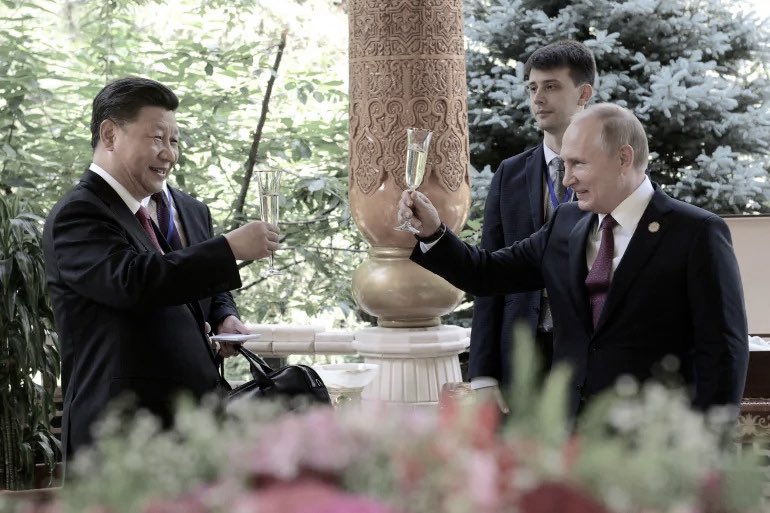
More on this story: China Assists Russia in Gunpowder Production for War against Ukraine
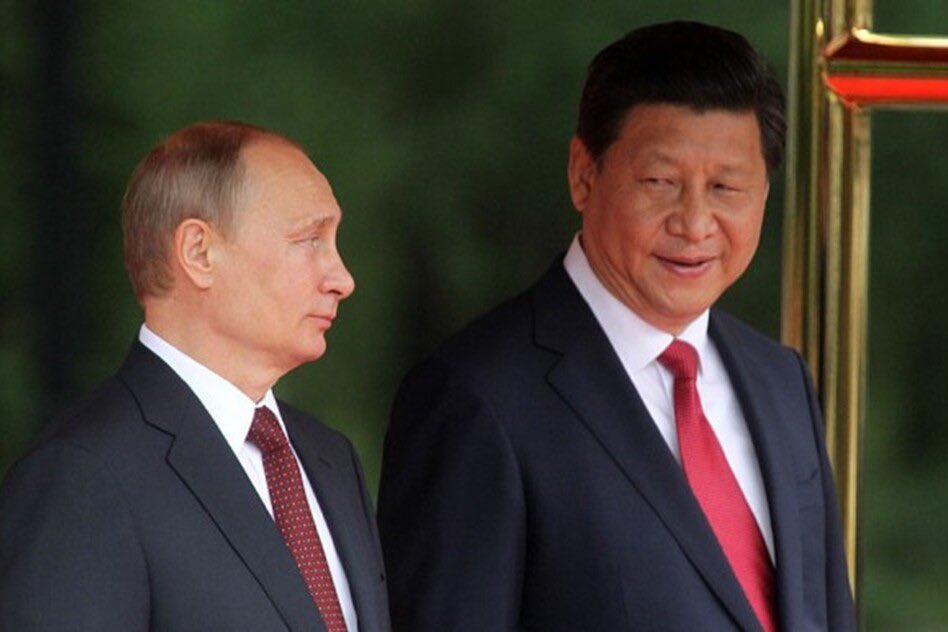
More on this story: China’s Declared Neutrality vs. De Facto Involvement in the Russia-Ukraine War

More on this story: China: Supplying Components for Russian Drones in the War Against Ukraine

More on this story: Bear Meets Dragon: The Escalating Espionage Rivalry Between Russia and China
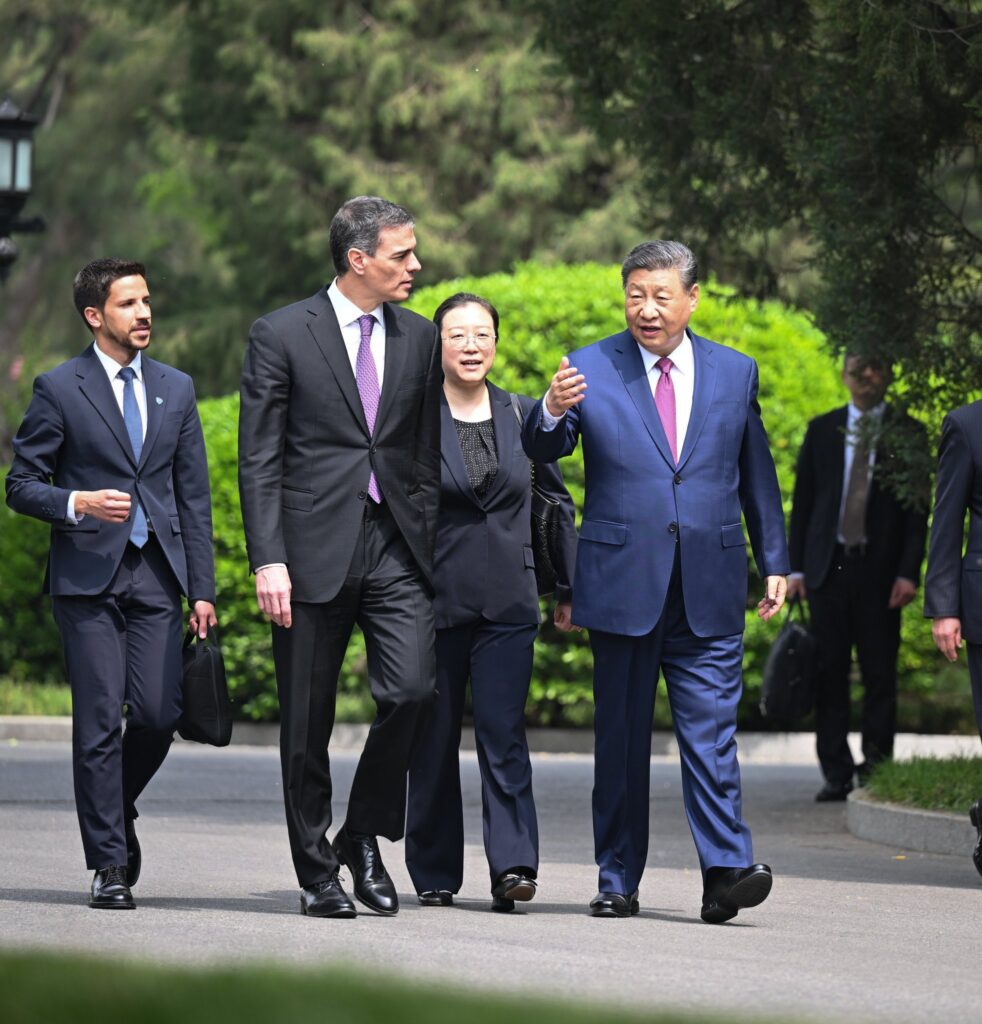

More on this story: Russia Circumvents Sanctions Through Chinese Marketplaces
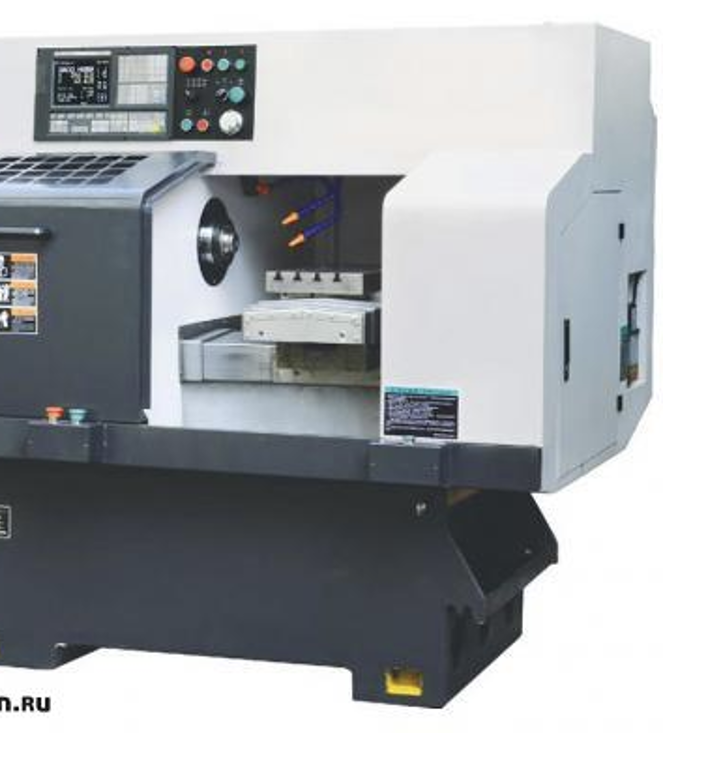

More on this story: China Continues Supplying Russia with Critical Dual-Use Components


